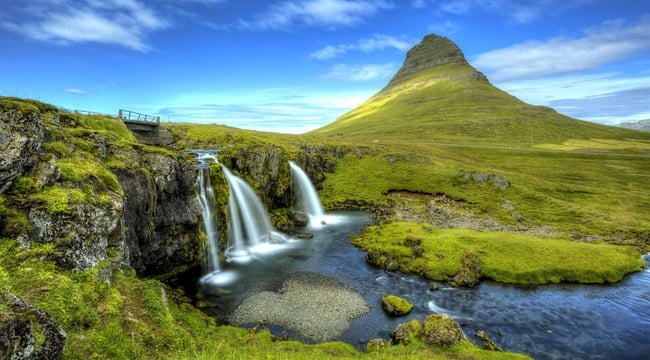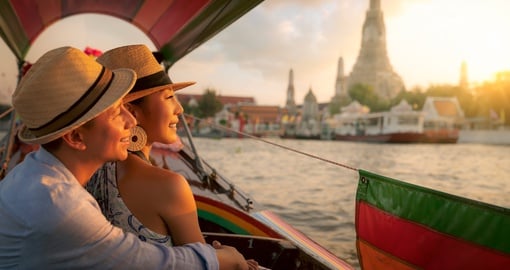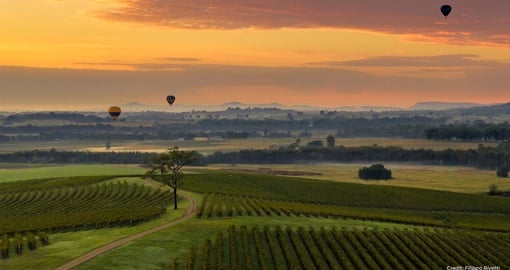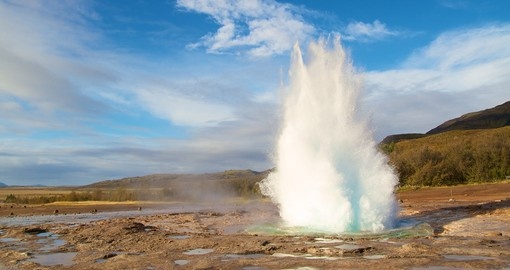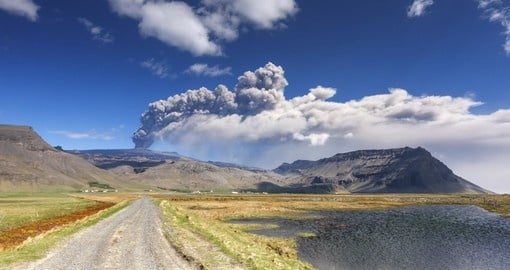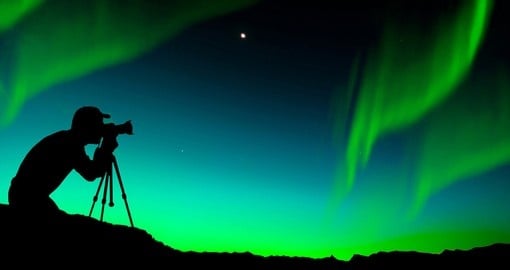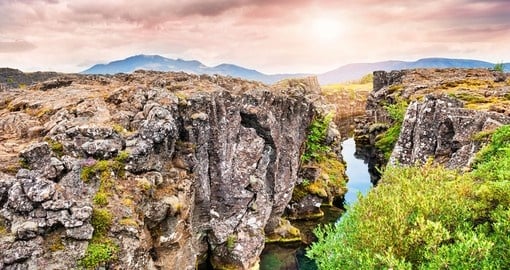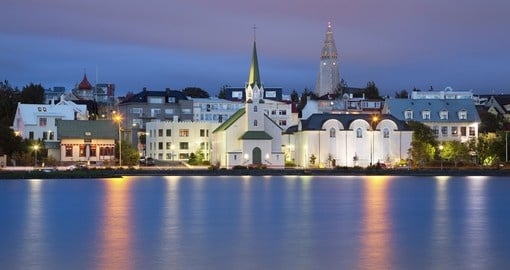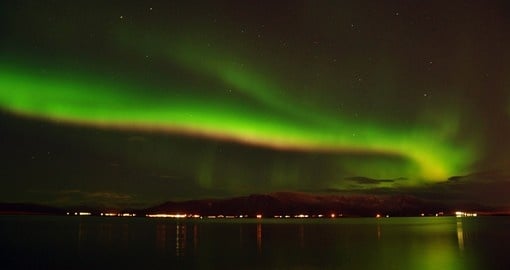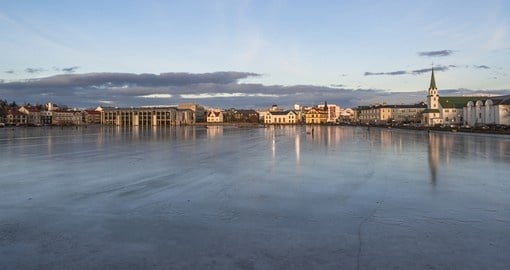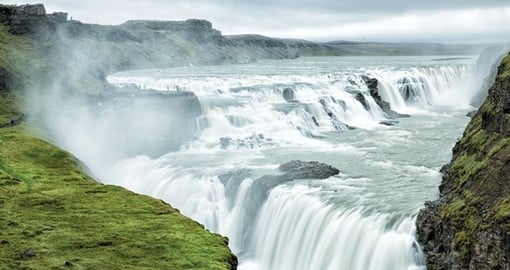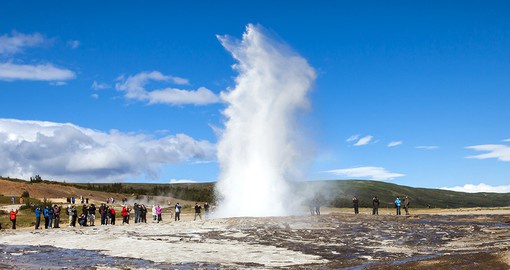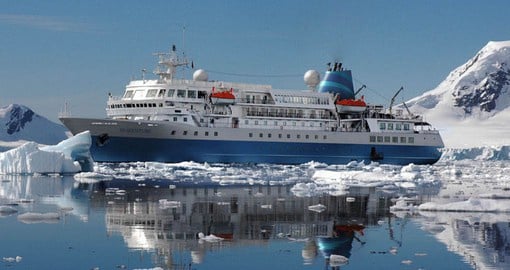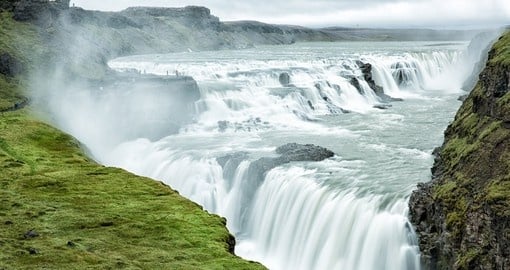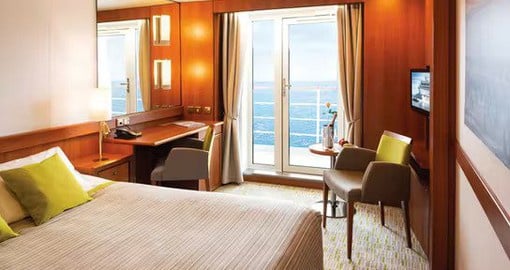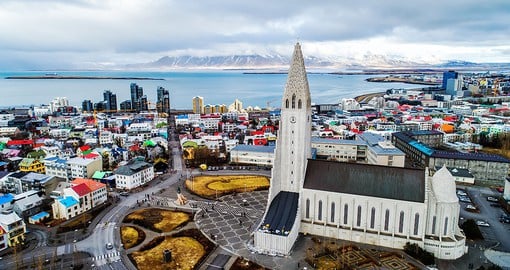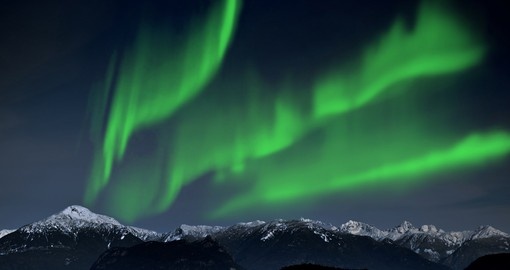Essential Facts
Currency
The official currency in Iceland is the Icelandic Krona (ISK). As a cashless society, the preferred method of payment is credit card (Mastercard and Visa primarily). Credit cards are accepted everywhere, including gas stations, souvenir stands, taxis, and rural guest houses, thus it’s not necessary to carry large amounts of Icelandic currency with you. If you need to withdraw cash, almost every town in Iceland has a bank with an ATM, but please check with your bank about overseas withdrawal fees before you depart.
Language
The official language of Iceland is Icelandic. It’s an insular language that has not been influenced greatly by other languages. As a result, the language has changed little since Iceland’s settlement period around 1,000 years ago. Fortunately for travellers, most Icelanders speak English. However, it doesn’t hurt to know a few simple Icelandic words and phrases, which would be appreciated by the locals.
Best Time to Go
Peak season for travelling to Iceland is during the summer months—June to August—which coincides with the mildest weather, the most daylight, accessible roads and trails, a large number of available activities, and most museums and attractions being open. The shoulder months of May and September are also ideal for travellers who prefer smaller crowds and lower prices. The weather is usually still mild, although a bit more unpredictable. If your main reason for travelling to Iceland is to see the Northern Lights, September to March are the best months as this is when the natural phenomenon can often be seen throughout the country.
Climate
Iceland isn’t as cold as its name may suggest thanks to the warming effects of the Gulf Stream, Iceland enjoys a temperate climate all year long. However, the Icelandic climate is very unpredictable and weather conditions can change dramatically within a day. The wildest weather element is the wind: it can transform a sunny day into a bitterly cold one. In fact, the Icelandic language has 156 words describing wind: e.g. logn (calm), rok (gale), and fárviðri (storm). It is recommended to have wind and water-resistant layers on hand regardless of the time of year.
Ideal Traveller
Iceland is an ideal destination for travellers who love nature, wildlife, and the great outdoors. Iceland has some of the most diverse and unique landscapes in the entire world, from black-sand beaches to glaciers, from dramatic fjords to endless lava fields, and plenty of waterfalls, hot springs, and volcanic craters in between. Iceland is also an ideal destination for travellers who like road trips as the roads are easy to navigate with clear signs.
Getting There from North America
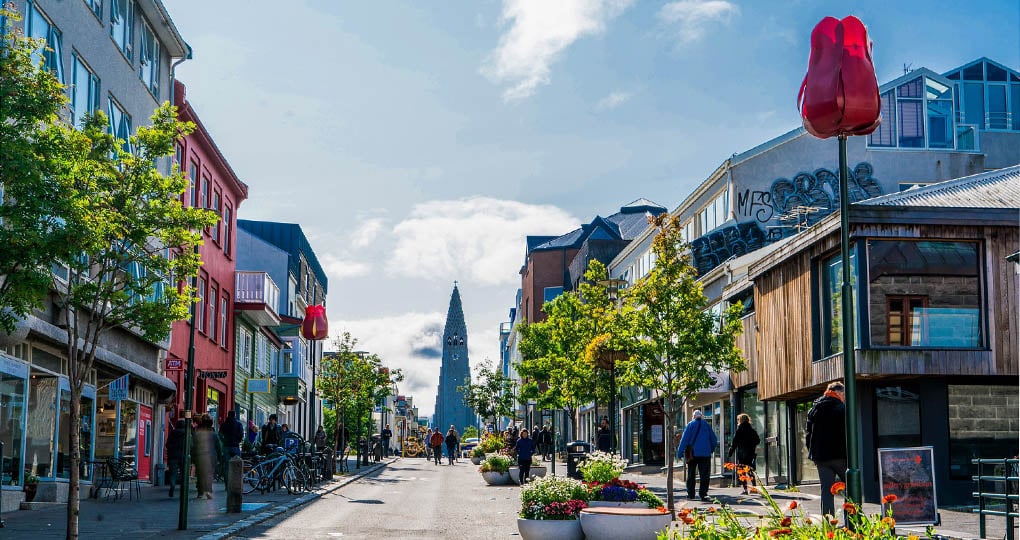
Major Airports
Keflavik International Airport (KEF) is Iceland’s only international airport and the port of arrival for all visitors to the country. It is located about 45 minutes from the capital, Reykjavik, and has been consistently ranked as one of Europe’s best airports since 2014. Icelandair, the national airline carrier, operates 16 routes to and from North America.
Major Air Routes from the United States
There are direct routes available from Anchorage (ANC), Seattle (SEA), Portland (PDX), Denver (DEN), Minneapolis (MSP), Chicago (ORD), Orlando (MCO), Washington (IAD), Philadelphia (PHL), New York (JFK & EWR), and Boston (BOS) with Icelandair. To view Icelandair's complete route map, please click here.
Major Air Routes from Canada
There are direct routes available from Toronto (YYZ), Vancouver (YVR), Edmonton (YEG), and Montreal (YUL) with Icelandair.
Essential Sights of Iceland
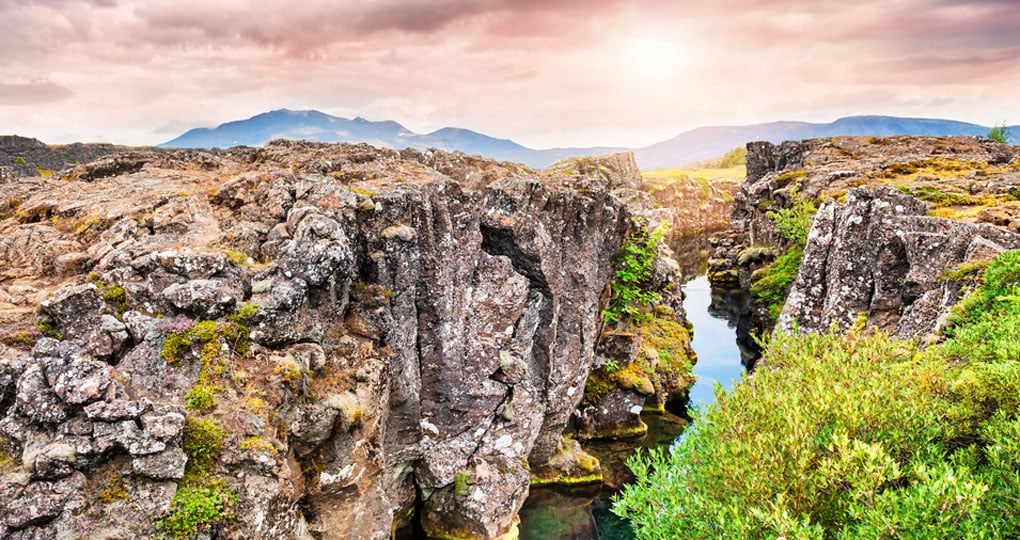
Golden Circle
Less than a two-hour drive from Reykjavik in southwest Iceland are three stunning locations— Thingvellir National Park, Geysir, and Gullfoss Waterfall, which comprise the Golden Circle tourist circuit. Thingvellir National Park is a UNESCO-listed World Heritage Site where Iceland’s historic democratic parliament was founded in 930 AD. It’s also where the North American and Eurasian tectonic plates meet, creating fabulous rock formations. Further to the northwest is the famous Geysir, which was first mentioned in Icelandic literature in 1294 and gave us the word “geyser.” It has been dormant for many years, aside from in 2000 when it renewed activity after an eruption at Mount Hekla. Otherwise, its neighbour, the geyser Strokkur, erupts every 10 minutes or so and is the area’s main attraction. At the end of the tourist circuit lies Gullfoss, or the “Golden Waterfall,” a breathtaking two-tiered waterfall that drops 32m into a narrow canyon.
South Shore
The south is Iceland’s most visited region with waterfalls, glaciers, and black sand beaches every few kilometres. Some of the top highlights are Seljalandsfoss, a waterfall which plummets 40m over a cliff and allows visitors to walk behind the cascade via a footpath at the base of the falls. Skogafoss, which is Iceland’s most photogenic landmark, is a magnificent 60m-high waterfall where, according to legend, the first Viking settler in the area hid a treasure in the cave behind the cascade. Reynisfjara, the world-famous black-sand beach, with its powerful waves, dark basalt columns, and nearby Reynisdrangar sea stacks, is a truly unique place to visit and a popular filming location in TV shows and movies such as Game of Thrones and Rogue One: A Star Wars Story.
Reykjavik
Reykjavik, the capital city of Iceland, is the world’s northernmost capital and home to nearly two-thirds (over 200,000 inhabitants) of the country’s population. Reykjavik, merely a town by international standards, is easily explored on foot, and what it lacks in size, it makes up for in culture and vibrant ambience. Strikingly cosmopolitan, Reykjavik offers a captivating cultural and design scene, vivid nightlife, modern museums and galleries, rich culinary choices, and cool cafes and bars. Reykjavik is also one of the most progressive cities in the world, with world-renowned gender equality, plenty of quirky, creative people, and a dynamic soul.
Jokulsarlon Glacial Lagoon
This picturesque glacial lagoon at the southern edge of the Vatnajokull Glacier is regarded to be one of Iceland’s greatest natural wonders. Huge blocks of ice constantly break off the Breidamerkurjokull Glacier, an outlet of the Vatnajokull Glacier, and float down the lagoon en route to the Atlantic Ocean. The lagoon is not very wide, but it is up to 250m deep, which makes it the deepest lake in Iceland. The view from the shore is unforgettable, but you can also get up close and personal with a boat tour that navigates the lagoon through the maze of icebergs.
Other Highlights of Iceland Off the Beaten Path
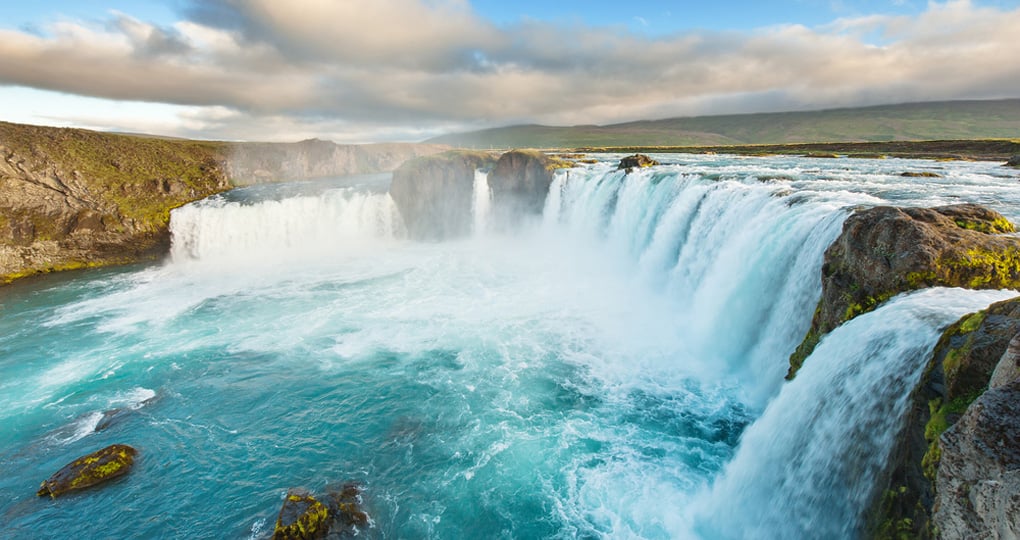
Diamond Circle
A 260km route of sheer drama, beauty, and unique character in the northeast of Iceland, the Diamond Circle includes five key destinations: the historical and picturesque Godafoss, known as the Waterfall of the Gods; Lake Myvatn with its remnants of geothermal activity and volcanic eruptions that create unearthly blue and green landscapes; Dettifoss, the most powerful waterfall in Europe; the horseshoe-shaped canyon of Asbyrgi, which is is home to a lush green forest; and Husavik, the buzzing whale-watching capital of Iceland.
Arctic Coast Way
Launched in June 2019 and include on Lonely Planet’s Top 10 list of Europe’s Must-See Places, this extraordinary journey traces 900km of untouched and remote coastline and is your chance to experience captivating extremes, heart-pounding elemental drama, and tranquil escapes from modern life, all with welcoming villages along the way. The road takes you through 18 geothermal pools, 16 charming fishing villages, and six islands.
Snaefellsnes Peninsula
Located on Iceland’s west coast, this peninsula stretches 90km into the Atlantic Ocean and is one of the most geographically diverse spots in Iceland. It is often referred to as “Iceland in Miniature” as it offers an overview of the best Iceland has to offer in a very compact region. This enchanting area is only about a two-hour drive from Reykjavik and offers volcanic craters, lava fields, a glacier, waterfalls, fjords, black and golden sand beaches, lush meadows, and charming fishing villages. Snaefellsnes Peninsula is also rich in culture and history with many of the Icelandic sagas taking place here.
Top Activities and Experiences
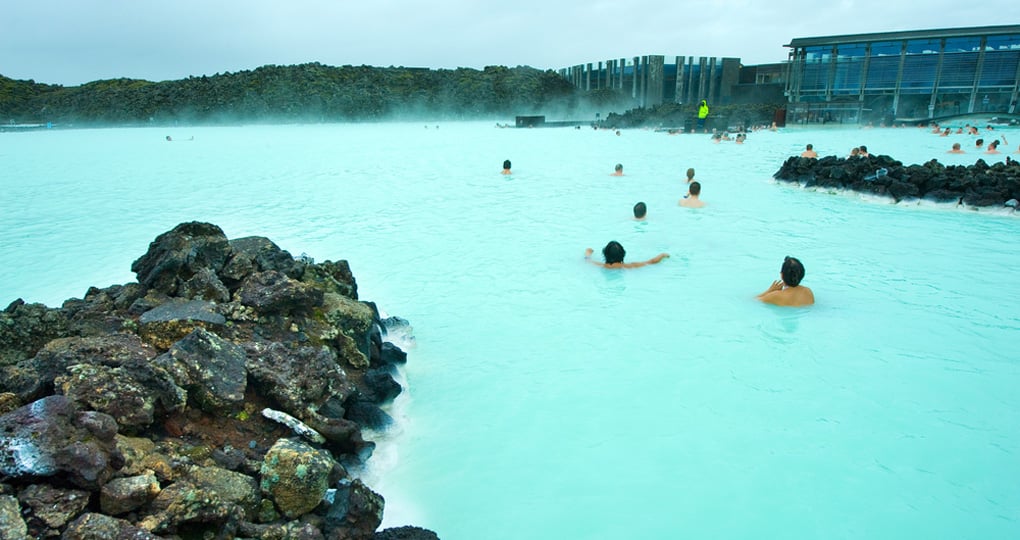
Blue Lagoon
The Blue Lagoon is a geothermal spa and Iceland’s most popular tourist attraction. It is located in southwest Iceland, about a 15-minute drive from Keflavik Airport or around a 40-minute drive from Reykjavik, making it the perfect place to start or end a holiday. The lagoon’s milky blue water with steam rising from its surface is incredible to see against the surrounding stark black lava landscape. A soak in the waters with natural active ingredients—mineral salts, silica and blue green algae—will leave you feeling relaxed and rejuvenated.
Northern Lights
Iceland is one of the best places in the world to see the Aurora Borealis, more commonly referred to as the Northern Lights. This magnificent light show is a natural phenomenon created when solar particles interact with the atmosphere in the Earth's magnetic field, which releases energy, causing peculiar luminous green streaks to dance across the skies. The Northern Lights only appear on clear, dark winter nights between September and April. However, as the lights are a natural phenomenon, sightings can be elusive and unpredictable.
Whale Watching
Iceland is Europe's best whale watching destination. The country’s unique position between two ocean currents in the North Atlantic allows for favourable feeding grounds abundant with krill and fish near the coasts. Whale watching tours operate throughout the country, with daily tours departing from the Old Harbour in Reykjavik, as well as from a few small towns in the north of Iceland, with Husavik being the most popular choice. The best time to spot whales in Iceland is from April until September, when over 20 species of whales can be observed.
Essential Icelandic Foods to Try
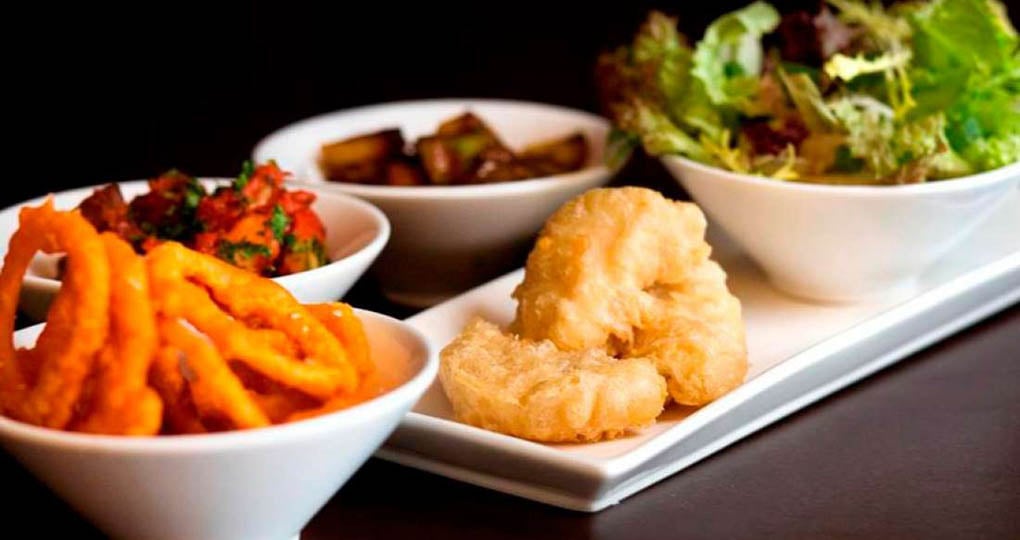
Skyr
A thick and creamy dairy product made from pasteurized skim milk and a bacteria culture. Skyr is low in fat and high in protein, and has been part of the Icelandic cuisine for over a thousand years. It’s traditionally served with milk and a sweet topping like berries or jam or can be enjoyed on its own.
Lamb
Lamb is one of the country’s culinary classics and a staple in most locals’ diets. Iceland produces some of the best lamb meat in the world, which is tender and flavourful. The lamb are free to roam the land without fences, drink from glacier rivers, and eat the plants and berries they come across. Lamb is served in a variety of ways with the most popular dish being the lamb stew, which is a mixture of lamb, root vegetables, herbs, and rice.
Rye Bread
Rye bread is a staple in Icelandic cuisine. It’s traditionally baked in a pot that’s buried in the ground next to a natural hot spring and left to steam for up to 24 hours. The result is a dark brown, dense loaf that tastes quite sweet. It’s traditionally topped with creamy butter and crunchy lava salt or cream cheese with smoked salmon.
Fish Jerky
Hardfiskur (fish jerky) is a beloved Icelandic snack. It is made from cod or haddock, which is dried in the cold Icelandic air until it’s cured. It's a high source of protein and can be found in almost any supermarket. Locals enjoy it as a snack with some salt and butter.
Tips for Sustainable Travel
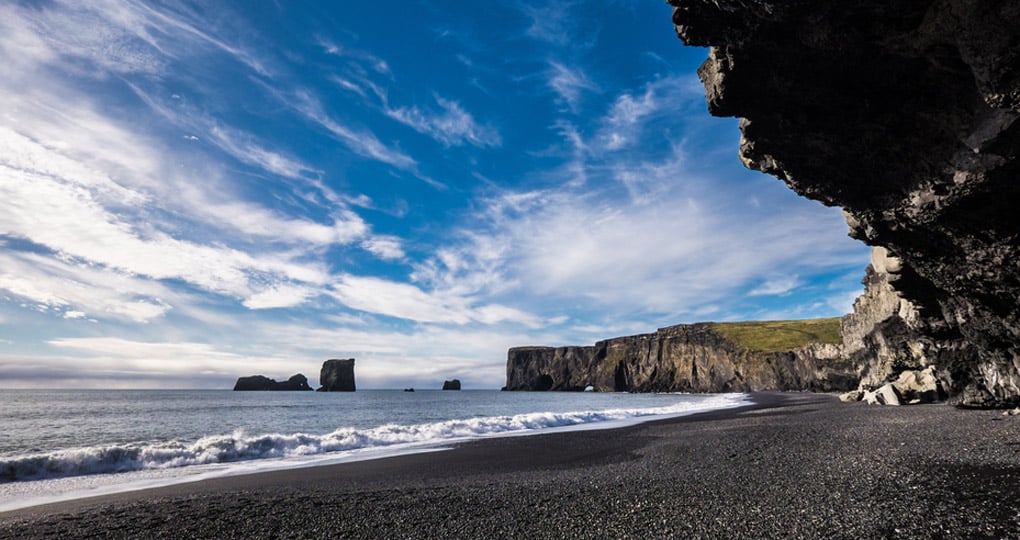
Bring a reusable water bottle, fill up and enjoy the refreshing taste of Iceland’s glacier tap water, which is safe to consume, and is in fact some of the cleanest in the world. Respect the often-fragile natural landscape and wildlife of Iceland; stay on marked trails and do not drive off-road, which is officially prohibited. One of the best ways to make a positive impact is to purchase products that are locally grown and made in Iceland. When you purchase souvenirs, choose locally-made, authentic goods. Try local produce, such as dairy products made in Iceland or fresh vegetables like tomatoes. Eating locally has many benefits, from reducing your carbon footprint to supporting local farmers and encouraging sustainable agriculture.
Where to Go Next
Iceland is easily paired with Europe, Scandinavia, the United Kingdom, or Greenland. Icelandair offers a convenient free-stopover program for North Americans travelling across the Atlantic, which allows one to stop in Iceland for up to seven nights and continue their journey at no additional airfare to the next destination. A cruise allows one to continue from Iceland to the majestic landscape of Greenland.
Most Popular Itineraries for Iceland
Hidden Powers & Northern Lights Coach Tour is an extraordinary journey that lets travellers witness Iceland’s amazing natural forces and experience the powers of Iceland’s world-famous South Coast. Iceland Express Self Drive visits Iceland’s main attractions along the Ring Road, discovering natural wonders, magical landscapes, and Iceland’s unique charm. Iceland Circumnavigation Cruise is an unforgettable voyage around Iceland offering a diverse array of natural wonders and the Icelandic way of life. A range of exciting shore excursions offers countless ways to interact with Iceland’s culture, nature, history, and people.
10 Aug 2020, 9:41 p.m.


